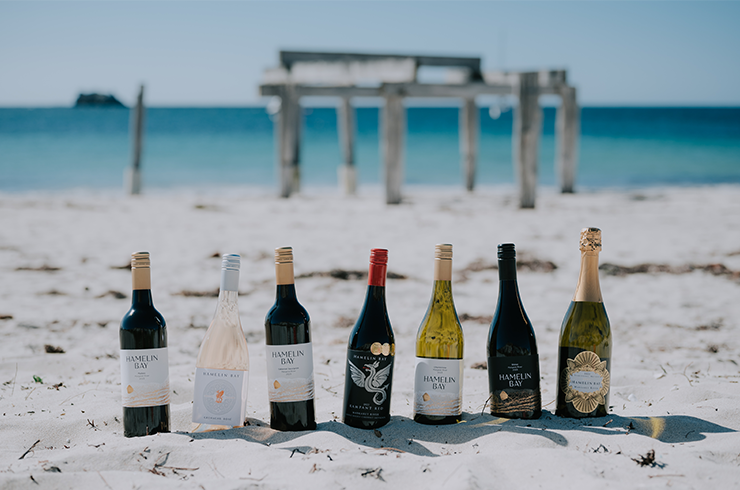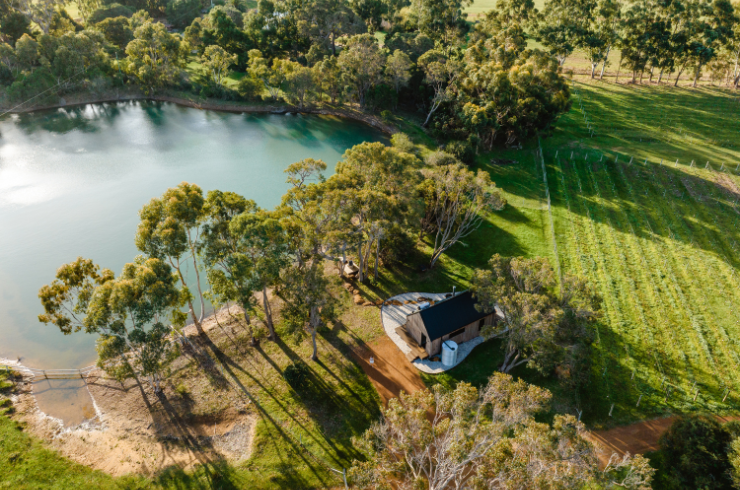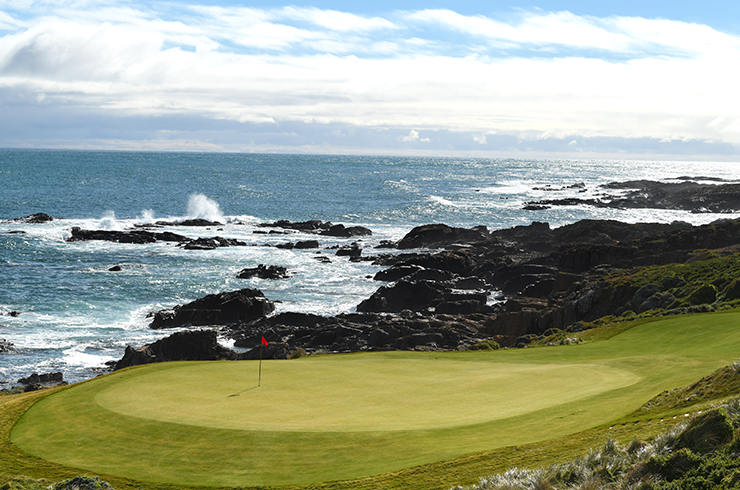I recently accepted an invitation to attend the newest release of Torbreck’s lauded RunRig, which is shiraz blended with a dollop of viognier, usually to the tune of two per cent. While Cote-Rotie served as an inspirational prototype, RunRig was among the first Australian wines to showcase this blend, together with Clonakilla and slightly later, Castagna.
RunRig’s inaugural release, the 1995 vintage, was a lesser year that nevertheless “showcases the pedigree of great sites”, according to winemaker Ian Hongell. He is also of the opinion that while RunRig is not the most expensive wine of the Torbreck stable, it is the most important.
This excellent tasting served as a kaleidoscope across vintages and an evolution of winemaking, increasingly showcasing nuance and freshness despite the archetypal Barossan style. It also acted as a catalyst for thoughts about the highs, ebbs and troughs of fine Australian wine.
Jump to Ned’s Torbreck tasting notes.
In 1995, when RunRig came about, I was a sommelier in New York, in a restaurant with arguably the greatest wine list of any. That was around the time Australian wine had a brief flirtation with the international fine wine market. Robert Parker, then the world’s most influential critic, became excited. RunRig was among his front runners.
Also in 1995, US publication Wine Spectator magazine awarded the 1990 Grange its Wine of the Year. This halcyon period for Australian wine, at least critically, was short-lived. By the early 2000s, the engine room had combusted, and the momentum slowed. These wines, including RunRig, were now being discounted. Heavily.
In 2002, I moved to Tokyo for a role as director of a wine programme. I began to notice American distributors’ back labels on the coterie of South Australian wines that defined the Australian premium sector. Clearly, many had become almost unsaleable and were ditched to other markets.
Australian isolation and insularity, perhaps, meant that a majority of Australian wine drinkers were unaware of the calamity. It is only recently, thanks to China, that the Australian export sector is being resuscitated, premium or otherwise.
What caused the decline of favourable opinion?
The Australian media often blamed the rising Australian dollar during the Mining Boom and unfavourable conditions of trade, while disgruntled local producers blamed Parker and his Manichaean belief that powerful wines are indicative of high quality. After all, his favourite wine region is Chateauneuf du Pape, they chortled.
Yet both of these targets were peripheral to the systemic root of the problem.
Premium wine demands a narrative bound to people and place, conferring a sense of authoritative inimitability: site, soil and the natural and cultural intangibles inextricably linked therein. Or, as the French call it, ‘terroir’. Wine lovers want to know about those behind the wine, why they cherish their plot of vines and why and how this adoration transmits texture, taste and je ne sais quoi. Yet the Australian industry leaders of the time told us what’s in the glass is all that matters.
When Parker latched on to buxom South Australian shiraz, these leaders (then named the Australian Wine and Brandy Commission) failed to promote the regional diversity of the Australian story. Seldom was there mention of Hunter Valley semillon, Margaret River cabernet, or the burgeoning Yarra Valley and Tasmanian wines. Instead, the powers-that-be rested on their laurels and sucked on the yolk of success, no matter how brief.
Australia became almost a two-trick regional pony, with Barossa the reins, stirrups and saddle, and McLaren Vale the varnish, but little more. McLaren Vale producers likely felt left out at that time. However, the evolving success of their grenache and Italian varieties partly thanks to the region’s then inauspiciousness, suggests they dodged a bullet.
The Barossa became synonymous with this style of shiraz. In export markets, the region is still trying to liberate itself from this typecast decades later, despite its geological diversity and the lighter shade to many of its newer wines.
RunRig now and then
Today, RunRig is a wine as symbolic of this earlier era as it is of a new Australia seen through a very different lens.
The 1998 vintage is a barometer of the Parker era, with notes of mocha, coffee bean and prune. The tannins are burly, suggesting the late-harvested fruit that marked the vintage as much as a winemaking-driven style. Judging by the crowd in the room, it still has its fans.
In time, the introduction of gentler oak handling and a greater emphasis on vineyard health, including less spraying and the drive towards dry-grown older vines, suggests that the finger at Torbreck is on the pulse. The wines are undeniably rich, sure; salubrious of texture, indeed; yet they boast an energy that was once denied by the ‘bigger is better’ mantra.
Tasting through, I thought it ironic that the 2002 vintage was my favourite wine. That was the year when the end of the Australian fine wine affair was palpable, at least in my memory. The wine boasts a sumptuous perfume, filigreed length and surprising freshness: anise, iodine, violet and smoked meats, all slung across a carapace of pepper-grind acidity. Plenty alive! This vintage was followed by the cooler suggestions of 2010, boasting liquorice-blackstrap scents and blueberry notes beneath beautifully managed tannins. Power and weightlessness augur for a bright future, while nestling with the newer Australian story: the emergence of exciting cool-climate zones, the understanding of what grows best and where, and a youthful zeitgeist of producers placing greater emphasis on viticulture than a technocratic approach to winemaking.
The most recent release, the 2016 vintage, encapsulates Torbreck’s more holistic approach from vine to glass, while celebrating Australia’s shifting vinous landscape. It is powerful but exuberant, racy and almost tense in the context of a Barossan red, without shirking its origins.
In mature export markets, including the US and Japan, a preference for lighter wines of freshness, poise and place may mean that any new-found appreciation of Australian wine is taking time to metastasise, despite the changing trends in our own consumption and wine styles. Australia is still largely seen as home to robust reds, and it is, of course. But there is so much more as well.
The future for Australia is bright. However, like a bitter breakup, it takes time for some scars to heal.






